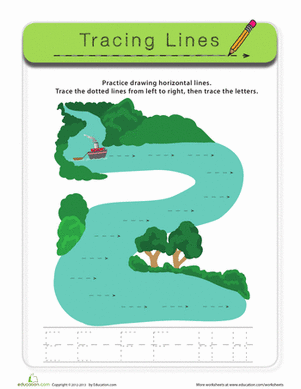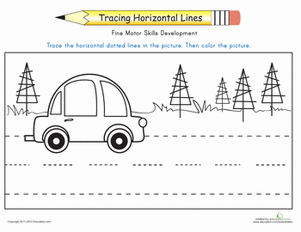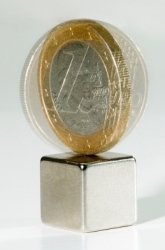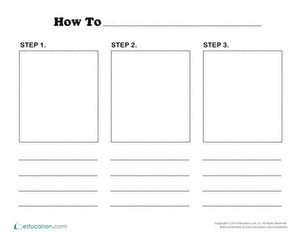Science project
Horizontal Projectile Motion
Horizontal projectile motion is one of the most basic examples of classical physics. Gravity is a force that causes acceleration towards the center of the Earth at 9.81 m/s2. This causes objects that are falling to increase in speed until they reach their terminal, or maximum, velocity (or until they are stopped by another force, like hitting the ground). Horizontal motion, however, is a good example of Newtonian physics: things in motion stay in motion unless acted upon by another force. If an object is traveling horizontally, it tends to travel horizontally at the same speed until another force changes its motion.
In this experiment, you will build a ramp and use that to project a ball off the table. You'll calculate the ball's velocity to determine how far the ball will travel, allowing you to anticipate the ball's trajectory and place your target in the perfect spot.
Objective
Predict where your ball will land!
Materials
- Empty wrapping paper tube
- Tape
- Books to stack
- Stopwatch
- Box cutter
- Ping pong ball or rubber ball
- Table
- Meter stick
- Pape
- Markers
Procedure
- Have an adult use the box cutter to cut the cardboard tube in half to create the ramp.
- While they are cutting, use the piece of paper to draw a target. You will be trying to get to ball to land on the target on the floor, as accurately as possible.
- Stack some books on a table and tape the top of the cardboard tube to the book top to make the ramp. Leave a bit of space at the end of the table as shown below. Why is this important?
- Measure the length of the ramp.
- Use the stopwatch to time how long it takes for the ball to slide down the ramp. Use this time to calculate the velocity the ball will have when it goes over the edge of the table:

where v is velocity in meters per second, d is the length of the ramp in meters, and t is the time it takes for the ball to reach the end of the ramp, in seconds.
- It may be helpful to take your time measurement several times and then calculate a velocity.
- Measure the height of the table to the ground. Using the acceleration of gravity and a starting velocity of zero m/s, calculate how long it will take the ball to fall to the ground. You can do so using the following equation:
Where t is time, h is height, and g is gravitational acceleration, or 9.8 meters per second per second.

- Now, calculate the distance the ball will travel before hitting the ground (R). Simply multiply the ball’s velocity by the time you calculated in step 7. Place your target at this distance away from the edge of the table!

Results
If your calculations are correct, you will be very close to hitting the bull’s-eye of your target. Because the ball does not travel very far, the horizontal velocity loss due to friction will be very small.
Why?
The horizontal space below the ramp is crucial to the experiment because it ensures that the vertical component of the ball velocity is zero when the ball leaves the table. This allows us to calculate the time it will take to hit the floor using only the height of the table and the acceleration due to gravity.
Education.com provides the Science Fair Project Ideas for informational purposes only. Education.com does not make any guarantee or representation regarding the Science Fair Project Ideas and is not responsible or liable for any loss or damage, directly or indirectly, caused by your use of such information. By accessing the Science Fair Project Ideas, you waive and renounce any claims against Education.com that arise thereof. In addition, your access to Education.com's website and Science Fair Project Ideas is covered by Education.com's Privacy Policy and site Terms of Use, which include limitations on Education.com's liability.
Warning is hereby given that not all Project Ideas are appropriate for all individuals or in all circumstances. Implementation of any Science Project Idea should be undertaken only in appropriate settings and with appropriate parental or other supervision. Reading and following the safety precautions of all materials used in a project is the sole responsibility of each individual. For further information, consult your state's handbook of Science Safety.











